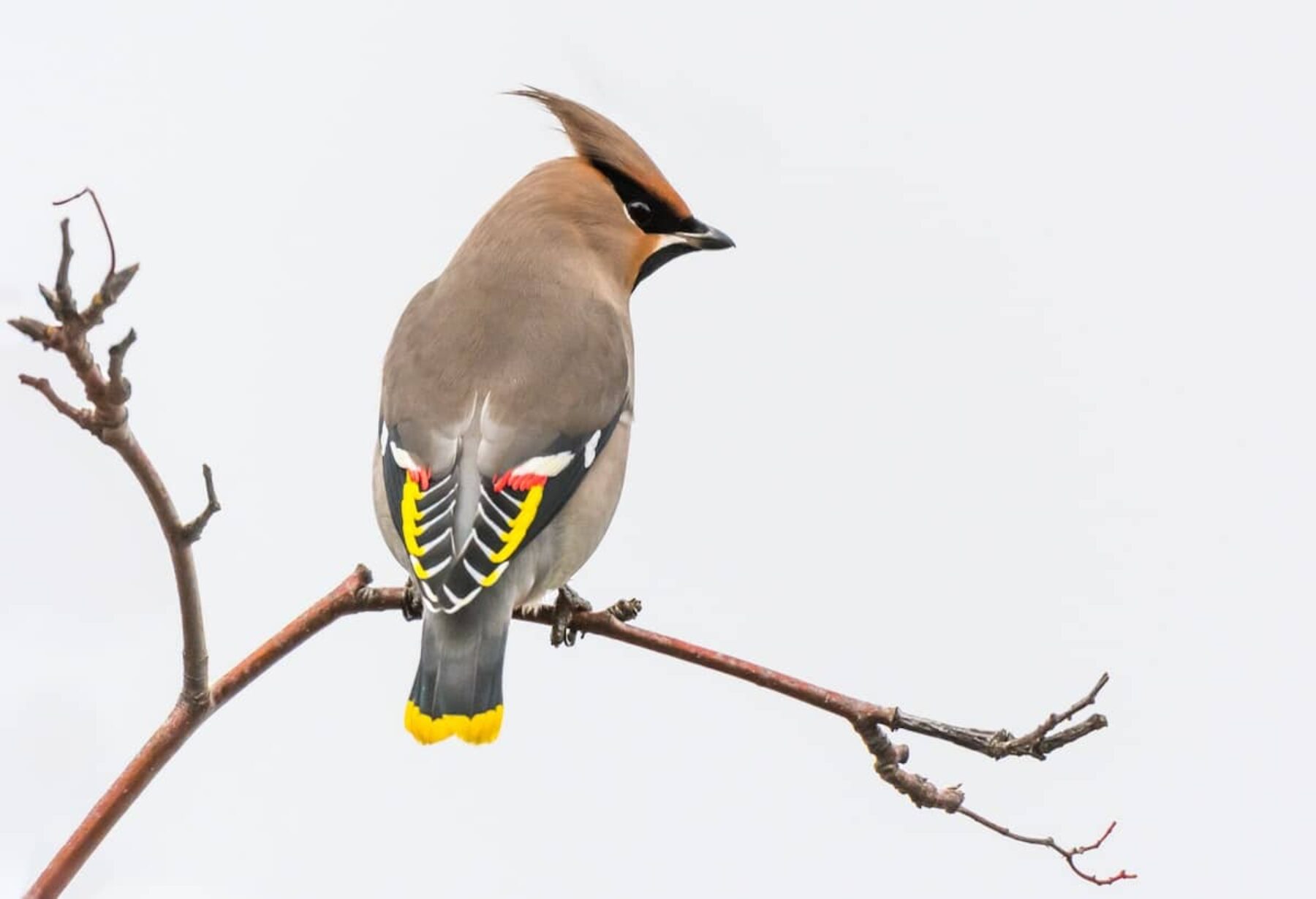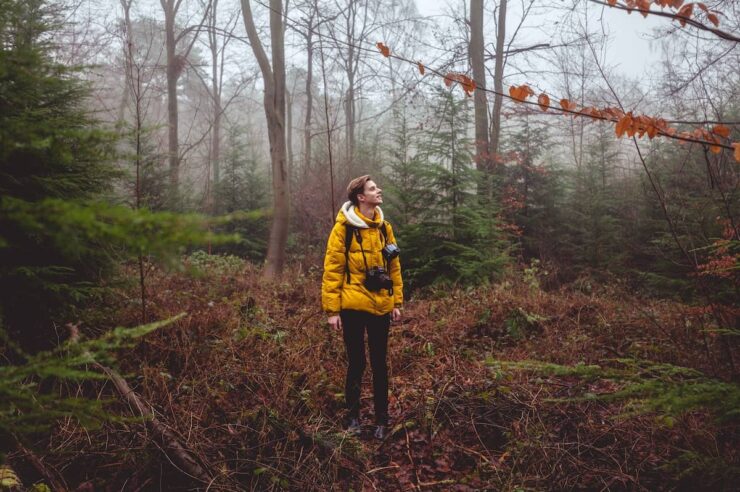We all know that spending time outdoors is good for us. But in winter, when it’s cold and dark? Scientific evidence now shows that at this time of year, when we are fatigued and susceptible to illness, spending more time in the living world benefits our health. Here are seven reasons to get out there
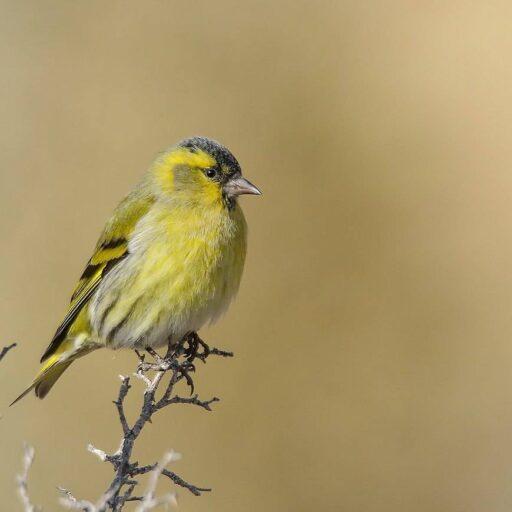
Birds are busy in the colder months. And in fact, it’s the perfect time to go birdwatching, with flocks of migrant birds visiting for the winter. Some species you’ll only ever see in this season: bramblings, redwings and fieldfares, for example. Irruptions of elegant waxwings (main picture), fresh from the boreal forests of Russia, are often spotted in supermarket car parks. Look out for their signature crest and red and yellow markings anywhere with rowan trees which they love to feast on. Goldcrests and siskins are also common and striking winter birds. If you’re by the coast or inland water, look out for visiting waders such as knot and blacktailed godwit, and flocks of overwintering wigeon and brent geese.
Image: Imran Shah
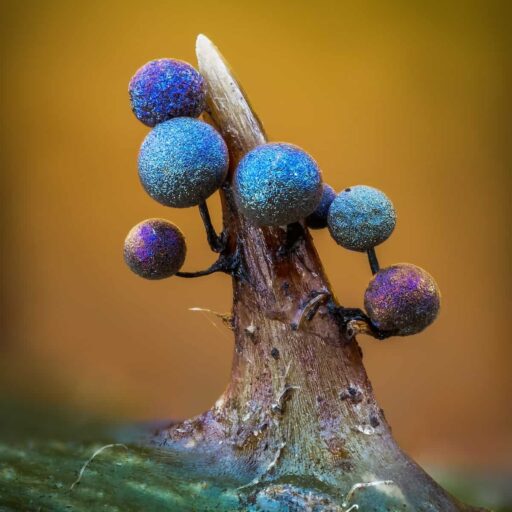
Slime moulds, or Myxomycetes, are little-known but well worth discovering. They are tiny but beautiful, brightly coloured and intricate. Myxomycetes are somewhere between an animal and a fungus – confounding to classify – and exist across the world. Once you know what to look for, you will see they are everywhere, from fence posts to leaf litter, and especially on dead wood in woodlands. They tend to live first as a free-living, hunting, moving slime (scientists have found that they can solve complex problems and find their way home through mazes) and then they morph into fruiting bodies, which are incredibly colourful: neon pink, tangerine, bright yellow, iridescent. Look at slime mould photographer Barry Webb’s mind-blowing shots for inspiration.
Image: Barry Webb
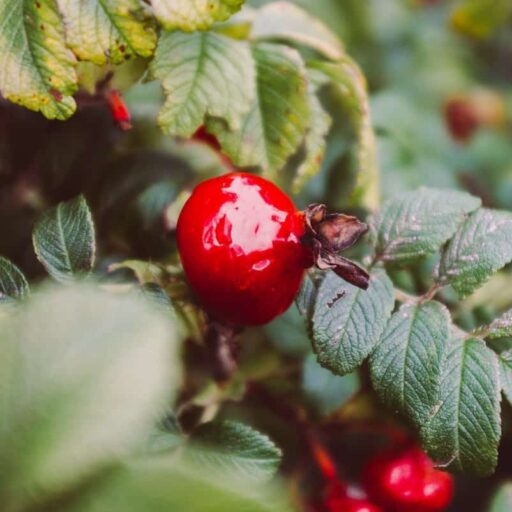
Did you know you can eat the pulp of a rose hip straight from the hedgerow? The hips of the dog rose and wild rose are abundant throughout winter and perfect for foraging or snacking on during a winter walk. In autumn the hips are too hard, but in winter, they are perfectly squidgy. Just squeeze out the bright orange pulp straight into your mouth. Make sure you spit out any seeds because they are an irritant. The taste is tangy, sweet and they’re full of vitamin C. Ideal for warding off winter colds.
Image: Mihai Moisa
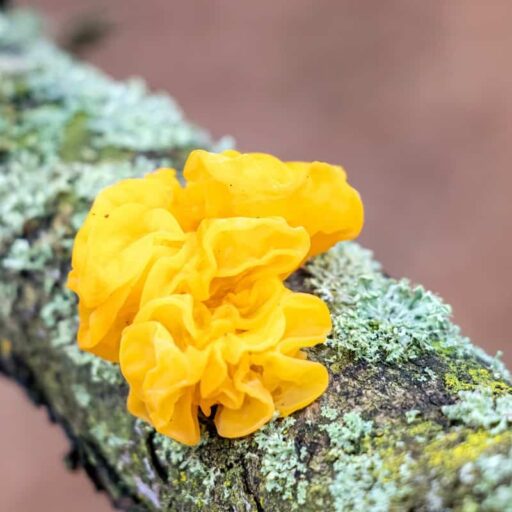
We tend to associate fungi with autumn in the northern hemisphere but in fact lots of species fruit throughout winter, including some of the most bright and joyful-looking. Keep an eye out for witches’ butter – yellow splurges smeared on sticks – and scarlet and green elf cups. If you’re of the foraging persuasion, there are plenty of mushrooms in winter that are edible, such as the velvet shank mushroom. Though you have to be 100 per cent sure. As Terry Pratchett said, “All fungi are edible, but some are only edible once.”
Image: mgfoto/iStock
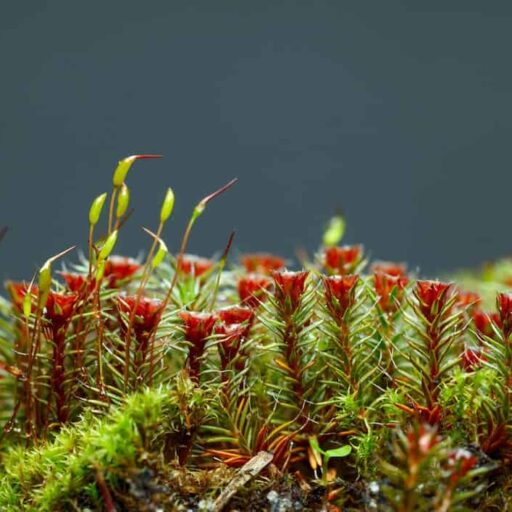
Moss is in its element in winter, when there is less shade and more precipitation. Look closely, and you will discover new kingdoms. Moss in winter is often lidded with sporophytes – capsules which contain spores, like little witches’ hats – that glow kryptonite green. A pocket microscope or hand lens can reveal more, such as tiny insects, aliens on another planet. There are reservoirs of awe in our local areas, even if we live in towns and cities. And awe has a measurable physiological impact on our health and wellbeing. In a study from the University of Toronto, the feeling of awe was found to elicit physiological changes in the body that positively affect our immunity, stress and overall physical and mental health.
Image: Anest/iStock
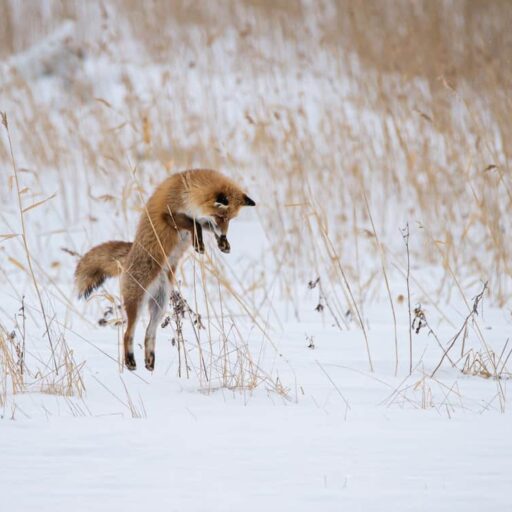
Although the fox is a flint for strong emotions in Britain, Vulpes vulpes are remarkable and beautiful animals that have managed to adapt to survive in our human-dominated landscapes. Our last remaining predator is especially busy in the winter: breeding, and looking for food. Population densities are higher in cities, so you may be more likely to see foxes in urban areas, but they live in most rural areas too. There are few wildlife moments more exhilarating than seeing a hot-poker fox dashing home from a night’s hunting. If it has snowed where you are, look out for the spectacle of the ‘mouse pounce’. Foxy pads through the snow, pauses, twitches its ears and stands calmly, swaying, before tensing up, squatting and springing all the way into the air, then diving into the snow head and paws first, snow flying everywhere, as if it had jumped into a packet of icing sugar.
Image: Birger Strahl
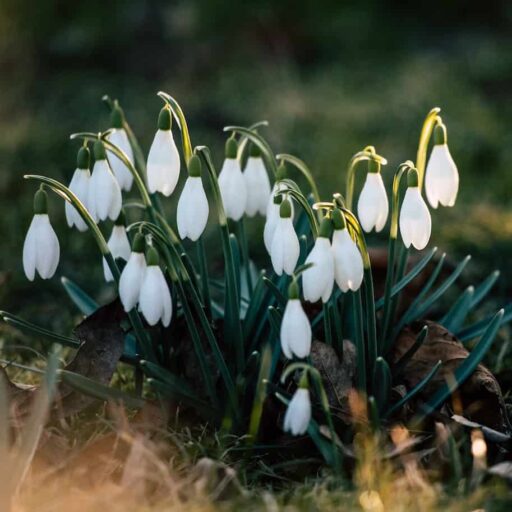
By the middle of January, snowdrops will start peeking out. Heading out to look for the first flowers is something people have done for many years. Snowdrops are symbols of tenacity and hope. Even in these dark months, they assure us that spring is around the corner and we are travelling fast back towards the sun. By early February, it’s time to look for the intensely neon pink early flower of the hazel tree. They are tiny but ostentatious and a glorious sign of spring. Violets follow soon after – and they’re well worth smelling or foraging for baking – and then the signs of light returning multiply.
Image: Kristine Cinate
Main image: hannurama/iStock
